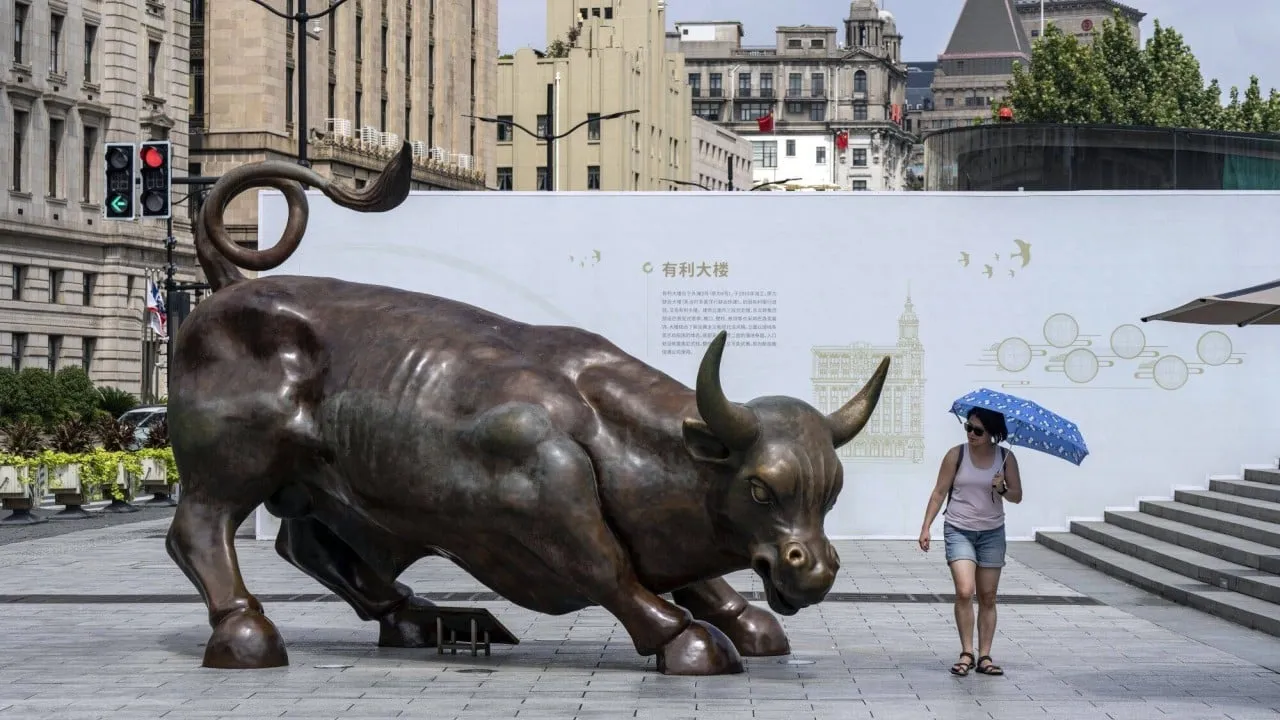China's Central Bank Implements Swap and Refinancing Facilities to Support Stock Market

China's Central Bank Initiatives for Market Stability
Amidst ongoing challenges in the Chinese stock markets, the People's Bank of China (PBOC) has announced groundbreaking monetary stimulus measures to stabilize the financial landscape and restore investor confidence. Governor Pan Gongsheng highlighted a 500 billion yuan swap facility and a 300 billion yuan refinancing facility, designed to enhance liquidity and facilitate market transactions.
What is the 500 Billion Yuan Swap Facility?
- This innovative tool allows institutional investors to trade assets with higher liquidity for stocks.
- Under this arrangement, assets such as stocks and corporate bonds can be exchanged for quality government bonds.
- This facility is aimed at enhancing the liquidity available for trading in mainland Chinese stock markets.
The Role of the 300 Billion Yuan Refinancing Facility
In an effort to encourage stock buy-backs, the refinancing facility will provide loans to listed companies and major shareholders. Key features include:
- Banks can offer loans at 2.25% while borrowing from the PBOC at 1.75%.
- The quota for this facility may be increased based on market scenarios.
- It applies to all listed companies, including private firms and state-owned enterprises.
Future Prospects and Considerations
While these measures are set to potentially rejuvenate the market, Pan indicated ongoing discussions about a state-backed stabilisation fund that could directly intervene in the stock market during turbulent times. Such initiatives could further bolster market stability and reduce irrational sell-offs.
This article was prepared using information from open sources in accordance with the principles of Ethical Policy. The editorial team is not responsible for absolute accuracy, as it relies on data from the sources referenced.